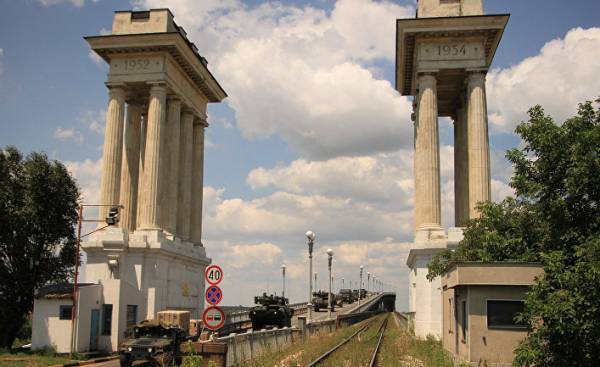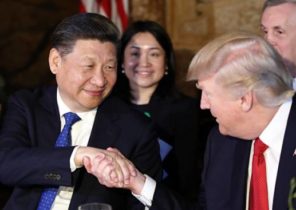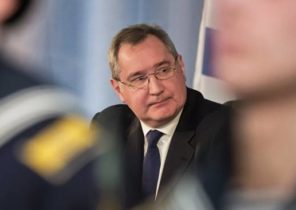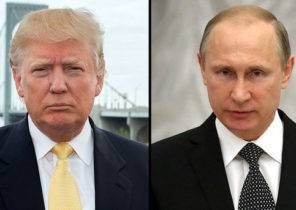
The allied landing in 1944 was the most complex military operation in history, but, at least, the military have not had to get a stamp in the passport on Omaha beach. It sounds absurd, but today the US and NATO are forced to deal with such formalities, and, moreover, at a time when they are engaged in the defense of Europe.
It is obvious that in case of war, these bureaucratic hurdles will be cancelled. But, to the extent possible, they should be abolished also and to prepare for war. To improve coordination and interoperability between the allies, we need to carefully study the existing arrangements.
Military partners of NATO, under US leadership, has recently completed “operation Sabre Guardian” in Eastern Europe and within 10 days was attended by 25 thousand troops, it was the biggest exercise this year. For the military, which spent more than a decade, focusing on the fight against terrorists in Afghanistan and the middle East, it was vital refresher course in the area of traditional military operations. It also helped convince Eastern members that the West is on their side.
During the exercise the forces are faced with all sorts of obstacles, literal and metaphorical. For example, when the commander of US forces in Europe, General Ben Hodges, was flying from Bulgaria to Romania to observe live firing in the Black sea, he was ordered to land on the Romanian air base and pass through customs inspection. He had faced a similar situation with passports in Hungary.
Forces moving East, could not use roads and bridges with strict weight restrictions of cars. Others violated the rules of summer travel and the noise Ordinance. Some airports, Railways and tunnels were unable to cope with the new military aircraft and trucks. 28 members NATO needs an average of 15 days to resolve the diplomatic formalities before the troops or military equipment will be able to cross their borders.
All this has led to what Hodges demanded to establish a “military Schengen area”, based on the agreement of the European Union, allowing to move freely across borders. At the NATO meeting in June called for the Minister of defence of the Netherlands Jeanine hennis-Plasschaert. But isn’t that simple, though, because not all EU members belong to NATO. But Schengen — compatible model. According to Hodges, NATO needs “something that will allow a military convoy to move around Europe as quickly as it is able to cross Europe migrant”.
Russia, encouraged by easy success the annexation of Crimea is going to hold on its Western border exercises with 100 thousand soldiers. The Alliance and the USA also stepped up their presence lately, adding four additional combat brigades (each of approximately 4,500 troops) to Poland and the Baltic States. Nevertheless, the most Eastern NATO members feel increasingly vulnerable.
No one wants war, but the projection of effective response is an important part of [the strategy of] containment. The Kremlin can hardly be considered a threat to NATO forces, detained by customs officials.







